Can you burn pine in a fireplace? This is a rising question in many houses in recent days. While nearing the winter, the hunt for fuel for the fireplace starts with hardwood in the beginning because of the long-standing. The essential fact to know before buying your firewood is it should not cause any harm to the house or your family.
So, do take the privilege of knowing your firewood in the first place. There is a big controversy in pinewood burning as the availability and the growing of the pine has the biggest facility. Certainly, this sappy softwood is not for building materials as it is a soft wood variety.
Now, you might at least think, “Can you burn pine in a fireplace?”. Between all the discussions about this pine burning, let us show you the facts about the pine wood burning in your house.
Can You Burn Pine In A Fireplace?
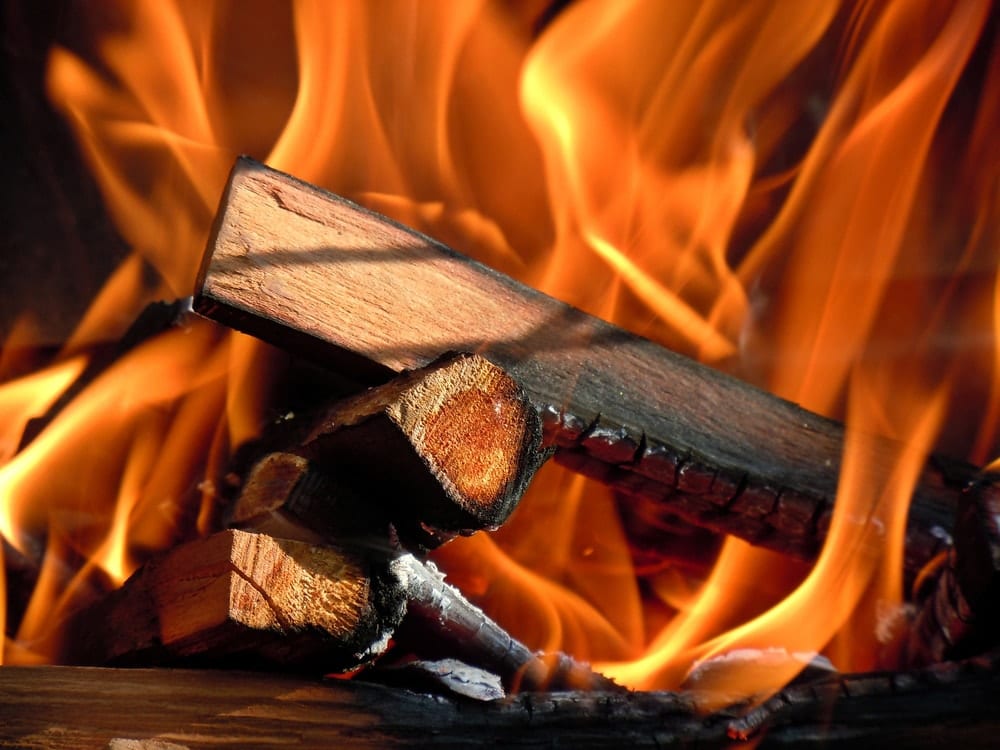
It’s a big Yes! You can burn pine in your fireplace, but with certain restrictions and precautions. Many people used to burn pine wood for their outdoor fireplaces, and it was a popular choice in the early period. Now, the biggest question is answered. You can burn the pine wood for indoor fireplaces, too, but with some restrictions.
The pine wood is made of resinous sap as a softwood. That’s the reason behind the easy-to-light and burning continuously. The igniting quality of the resinous sap is the reason for using it in the outdoor fireplace, which makes the lighting with less effort.
When you use it inside your house, the risks can harm your health. This is because of the pine wood’s high sap contents, which release creosote when they are burned. The creosote is the exact substance that makes the smoke stay inside your house.
Do you know how this happens? The tar-like creosote is sticking to the wall of your chimney permanently. If the creosote accumulates in many amounts, then there is the risk of smoke filling up your house and staining the furniture in the surrounding area and more than all, the strong smoke smell, which may affect breathing.
Excessive smoke doesn’t only affect your breathing; it has more potential risks of fires. To reduce this risk of smoke, the chimney should be cleaned properly at regular intervals.
Can You Burn Pine in An Indoor Fireplace?
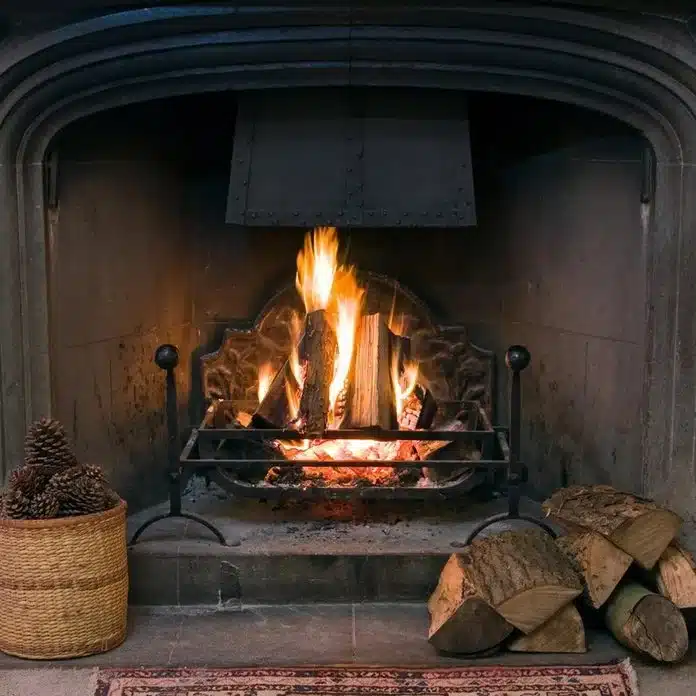
Certainly, you Can! But after seasoning the pine wood. The more sap contents in the pine wood are equally proportioned to the risk of creosote sticking in your chimney. So, the pine wood needs a lot of precautions before burning it, especially if you have collected it personally. If you got it from your backyard or your neighborhood, then it is a DIY project to season the pinewood. If you happen to get it from the shops or online, the wood logs are already seasoned to perfection.
Wood is a good absorbent; here, pine wood has more moisture in it. The wet wood will cause trouble in igniting, making much smoke with carbon monoxide, which is a toxic component to humans and every living creature. So, the seasoning would be the first thing to do if you choose pine wood for your indoor fireplace.
Seasoning the Pine Wood
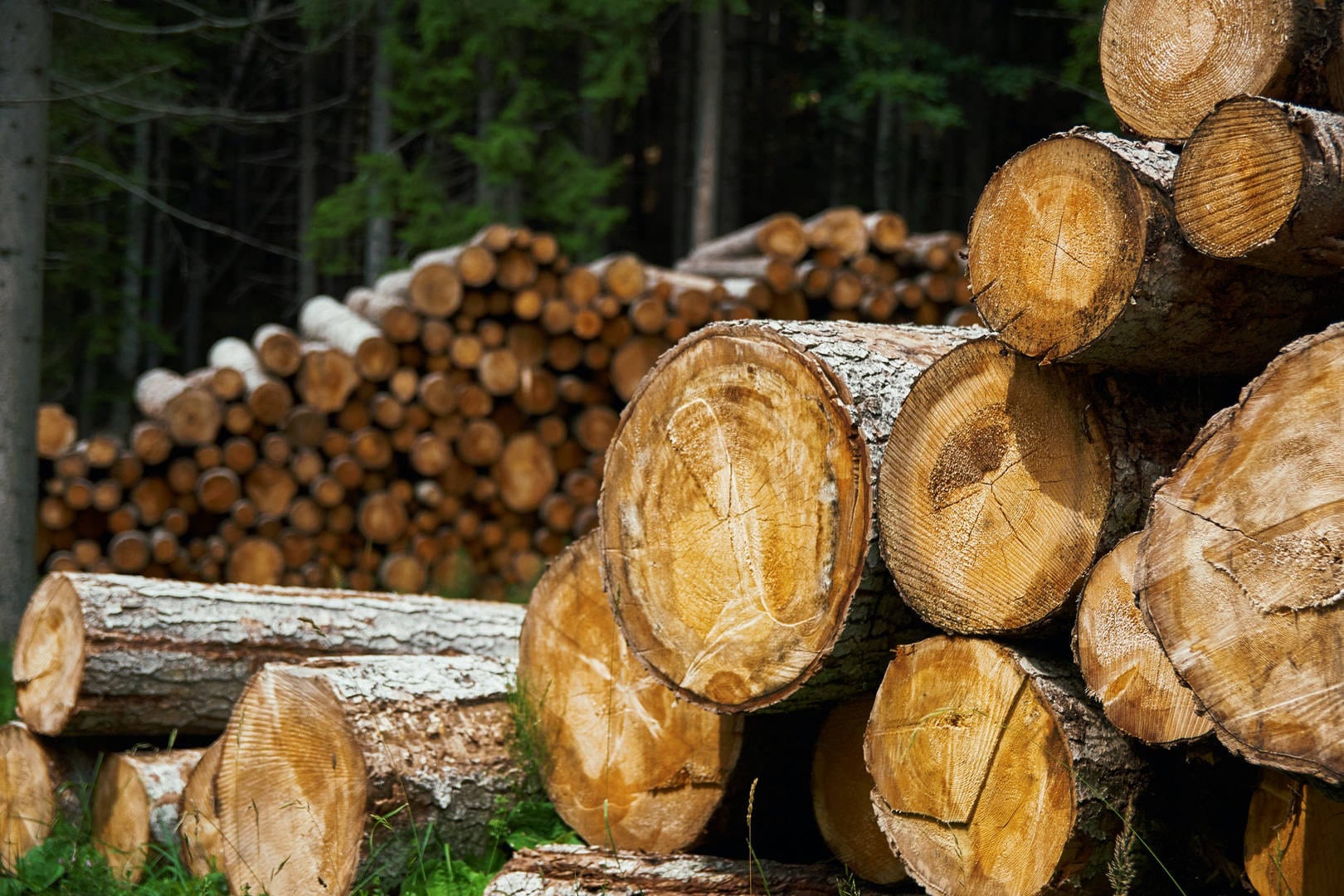
- Seasoning the wood makes it suitable for burning in the indoor fireplace by removing the moisture content. Air drying is the most commonly used method by opening the wood into pieces and letting it dry in the open air by keeping it outdoors. This is considered to be a successful method as most of the moisture in the wood is removed by this method.
- To follow this method, chop your pinewood into small pieces and keep them in a well-ventilated or sun-exposed area to dry up totally. Here, sunlight and air are both helpful resources. But don’t forget to cover them up with a tarp during rainy days, and also make the base of the pinewood logs a little bit higher from the actual ground to avoid damping. And you need to remove the tarp on sunny days again to reach the goal of dry woods.
- It usually takes six months for a pinewood to stay dry, which is nice for a fireplace. The duration is tentative from two to nine months for a nice drying. But the average duration for a pine wood to dry is six months. This may seem a bit too long, but a softwood like pine has more moisture content than any hardwood. The high sap contents make it tough to season, unlike other hardwoods. So, if you use pine wood for your indoor fireplace, you must be prepared for a long time before stocking up the dry wood logs for burning regularly.
Can You Burn Pine Needles in a Fireplace?
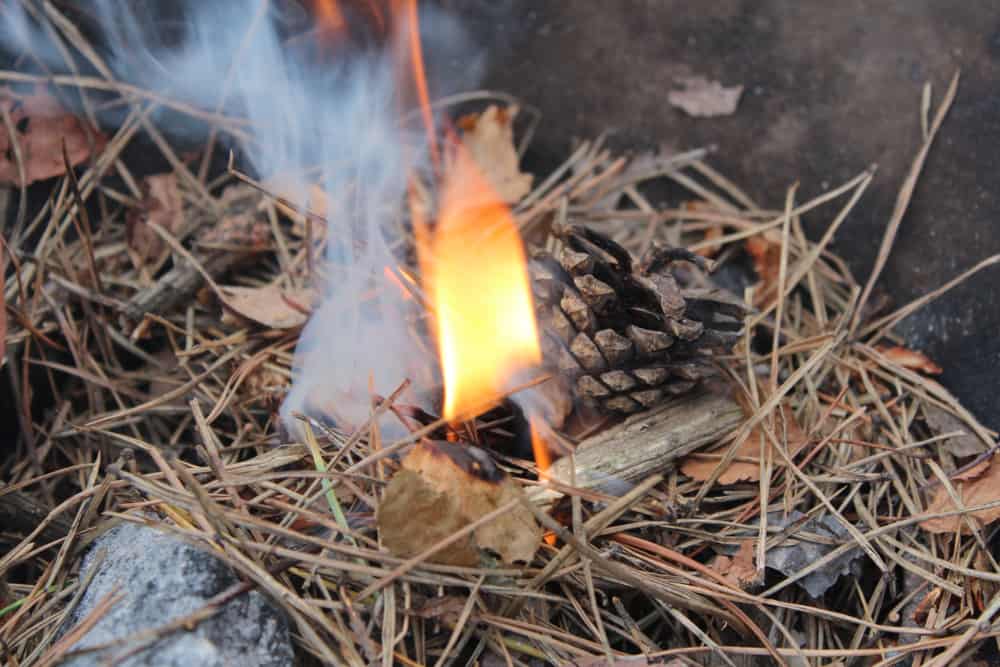
- Many people know that seasoned pine wood is suitable for an indoor fireplace. Does it make the pine needles safe to burn in an indoor fireplace? No! It’s not. People may think this is from the same pine tree; it must be without any harm.
- Pine needle burning is a dangerous and risky process to consider. Pine needles are prone to release a lot of chemicals, which are converted into aerosol particles when they are burned. These aerosols are considered to be harmful products to every living being on the earth. This is the reason behind the damages caused by the wildfires. Not only the wildlife are damaged, but the total flora is also affected by the burning of the pine needles because of the chemical emissions. That’s why it is banned to burn pine needles in many countries and local areas.
- Only a few manufacturers with the furnace are designed to have the facility to trap the chemicals from releasing into your house. The house fireplace should have the proper tools to prevent this danger; otherwise, avoid burning the pine needles at your house. This is not only safe for your house but also for the entire environment as well.
Seasoning the Pine Needles
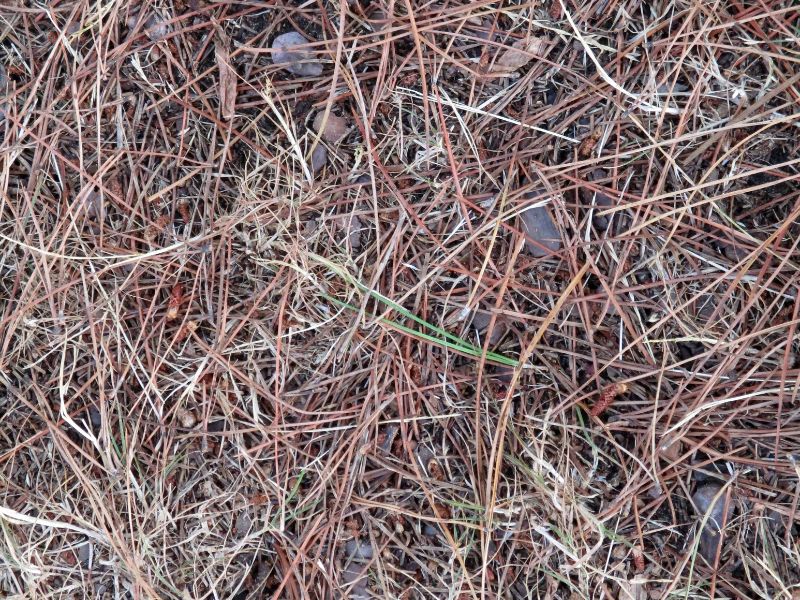
- Like the pine wood, you can also season the pine needles to let them dry totally to avoid the chemical release. Similarly, with the same drying method with air and sunlight exposure, you can season the pine needles and the pine cone to use them in your indoor fireplace.
- The seasoned pinewoods make a super quick fire starter as they light quickly. You can tie up a bunch of pine needles in a bunch and keep them in a corner of your fireplace to start the fire in your indoor fireplace. You can keep the bundle of pine needles in the middle of your logs. From this wrapping, you can avoid scattering of the pine needles, which may cause the fire to spread outside the burn area. It is always advisable to wrap it with a thread before placing it inside the burner.
- When using a pine cone, season it at least six months to a year for the best, as these pine cones cause more smoke than the pine woods. These pine cones are also the best source for fire starters when they are seasoned. Small pine cones are used to create the starting point for the fire, while the bigger pine cones are placed generally to be an enhancer to keep the fire glowing well.
- Another interesting thing to burn the pine cones is to make DIY pine cones with beeswax by simply dipping them. In this way, you can have fun with colors. The colorful flames can also be produced with this pine cone burning.
Magic Fireplace
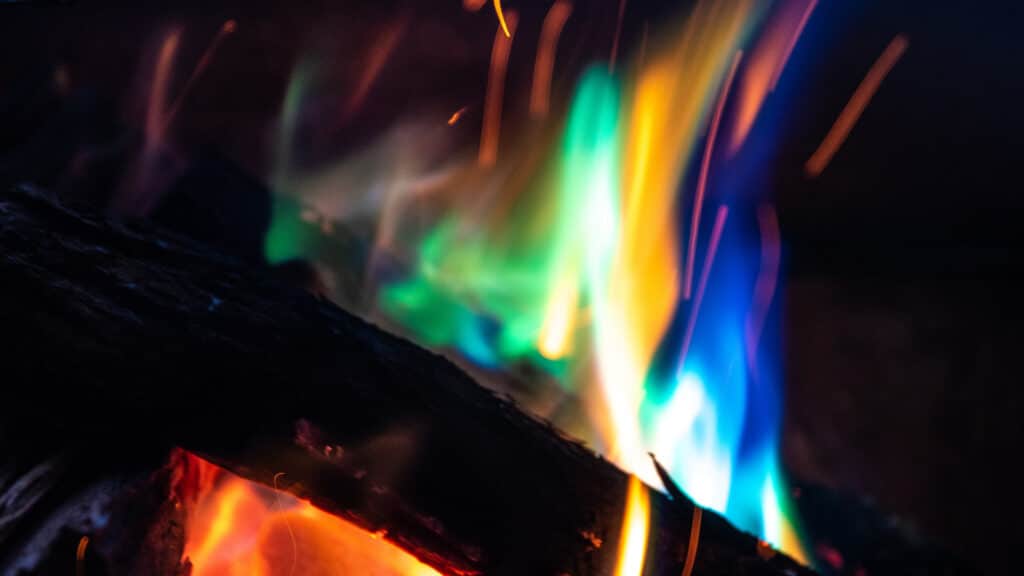
Adding some special ingredients to your pine cone, you can do the magic in your fireplace. The pine cone is first coated with the beeswax, and you need to give a coating of salt to it. The salt used here decides the color of the flame.
The white flame is created with Epsom salt, the yellow flame is created with salt, and the violet color is created with salt substitutes. In this way, you can create a magical fireplace for your romantic dinner or a mini party with your best buddies.
Can You Burn Pine in a Log Burner?
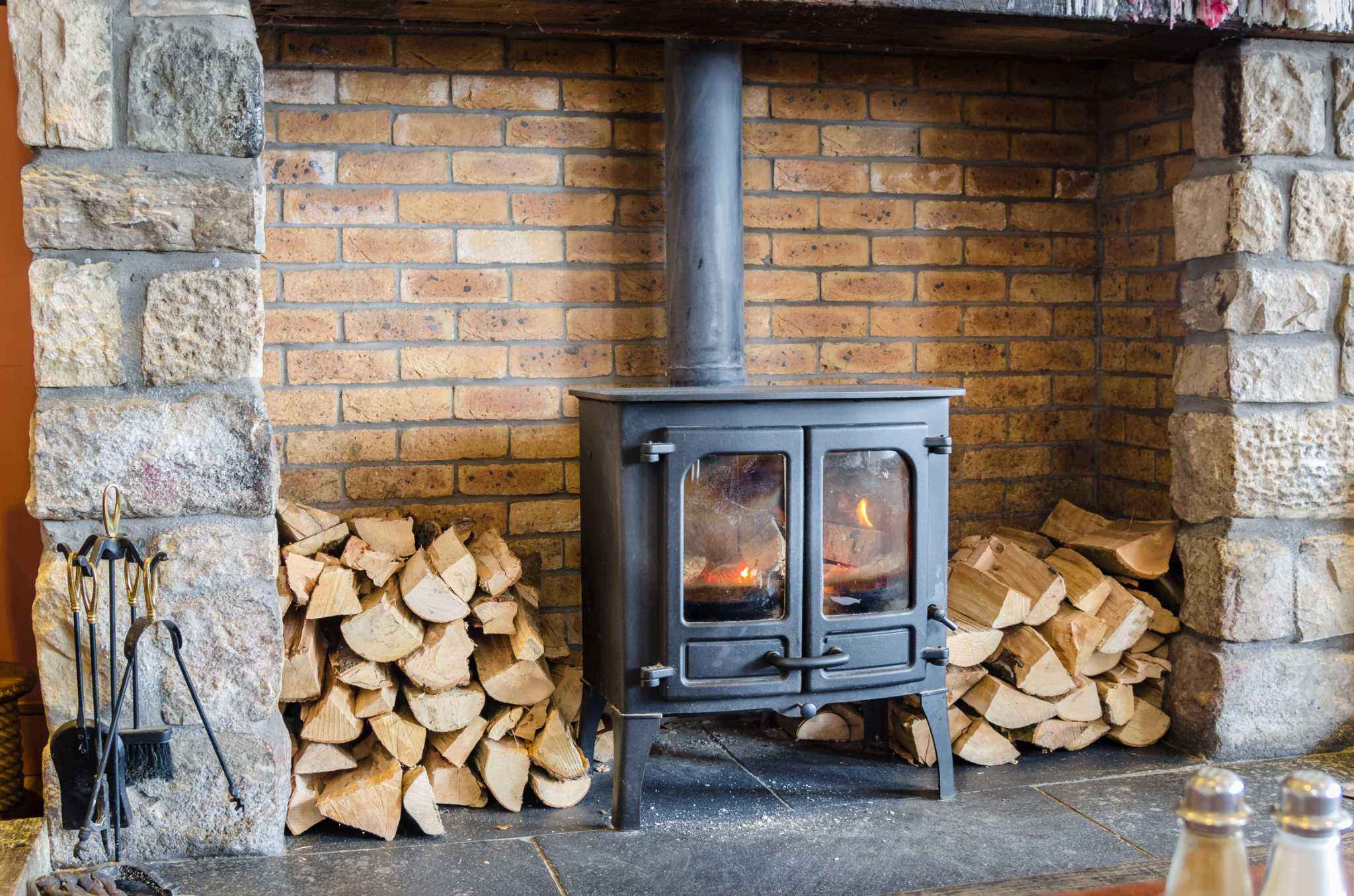
Some people use a log burner rather than using a fireplace for warming. If you are using pine wood to warm you, then there is no exception. You need to follow the same instructions. The fully seasoned pine wood can be burned in a log burner.
The creosote produced by unseasoned pine will cause a blockage in the log burner’s chimney, resulting in less effectiveness. And also the same as a fireplace, your house will be full of smoke. The necessity to season the pine wood is considered the most important. This rule is the same for the pine needles and cones; seasoning is necessary to avoid toxicity to your family and the environment.
Which Woods Are Not to Be Burned in a Fireplace?
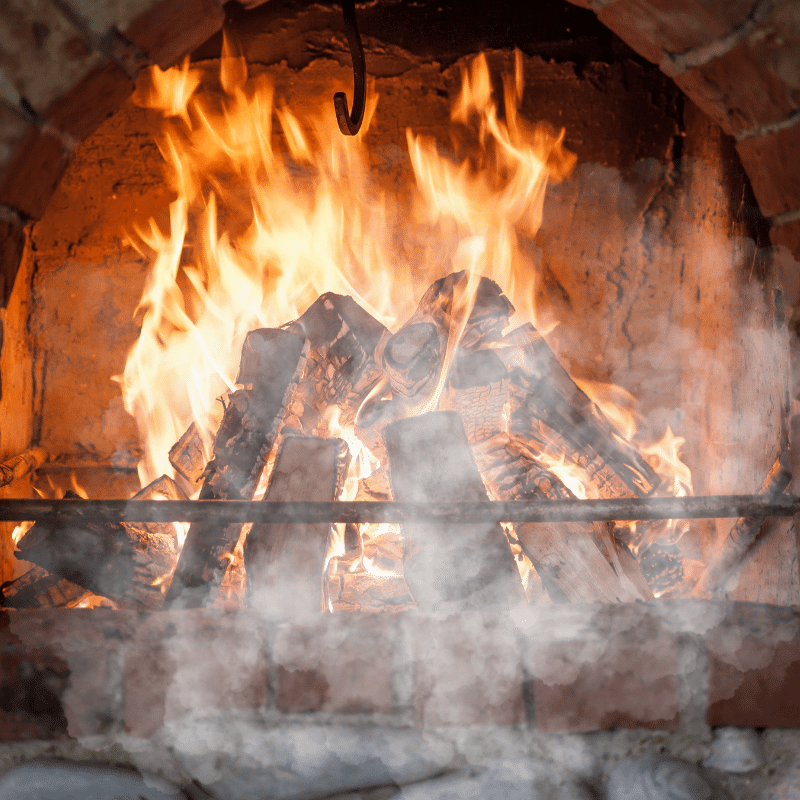
In nature, most of the woods are flammable, and they can produce heat to warm you. But not all the woods can be burned in your fireplace. Woods have the quality to change the atmosphere when they are burned; some may be toxic, while some may be more flammable, and they can even burn you indoors.
The types of wood you need to void burning in a fireplace,
- Christmas trees– Every tree produces creosote when they are wet or damp, but the amount of creosote in the Christmas trees is high, and they are easily flammable. The needles can get fired easily, which may cause a chimney fire frequently.
- Poisonous trees- They should be avoided for their nature of poison without any second thought.
- Unseasoned or Greenwoods– The reason behind this wood option is that it causes excessive smoke and lots of creosote sticking inside the chimney.
- Driftwood – When you purchase wood, remember to avoid the woods that produce dioxin. This pollutant is largely created by driftwood. Even Though it can create a colorful flame, it is not advisable to use this toxic wood.
- Plywood – The glue used in sticking the plywood is very toxic when they are burned. This plywood burning creates a whole bunch of smoke to make you choke.
- Oleander – Poisonous should be avoided without any second thought. The oleander is poisonous, and it should be avoided for households in any form.
- Painted woods – Painted woods are similar to the plywood. The paints in these woods cause paint fumes, which are in a toxic category.
- Pressure-treated woods – These woods are generally made to withstand the weather or any insect infection. So, it is unsafe to burn the pressure-treated wood in your fireplace.
You can clearly see the reason behind not burning these woods in a fireplace. Anyways, you can use them to get your carpentry in a hands-on experience. Create new DIY projects with them.
Conclusion
So, What do you think? Can you fire pine wood in a fireplace? Yes, it can be done only with certain precautions and seasoning. It takes three to six months to season a pinewood. Without seasoning, the moisture of wood can cause the build-up of smoke in your chimneys. This will result in excessive hazardous smoke and chimney blocks.
The seasoning duration of the pine wood is 6 to 12 months in a sunny day air. You need to cover the logs if it rains to avoid the moisture content in the wooden logs. Burn only dried, and you can get the lighting part easily, particularly when they use pine needles or pine cones.
It’s always advisable to get expert advice; you can get tips from your firewood supplier. And if you feel the smoke is too much, immediately you can store that in a dry place for seasoning for a lengthy duration.
Have you got answers to all your questions about burning pine wood in a fireplace? If not, reach us through the comments to get along well!

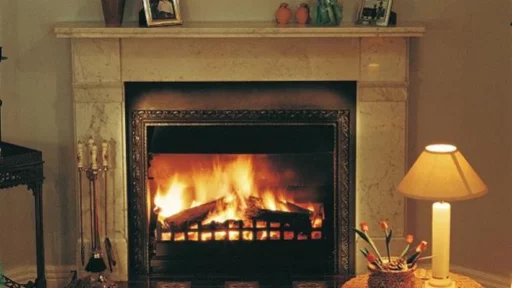
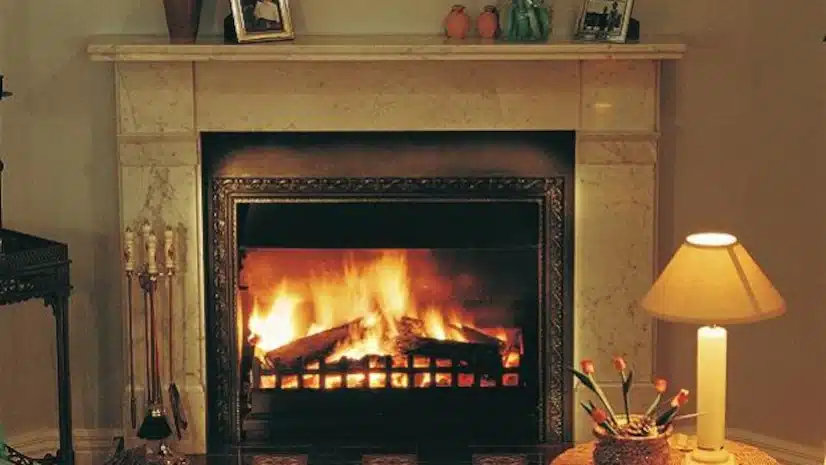



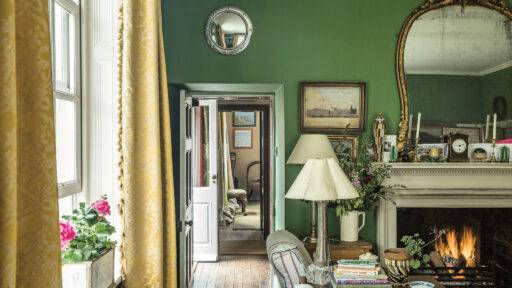
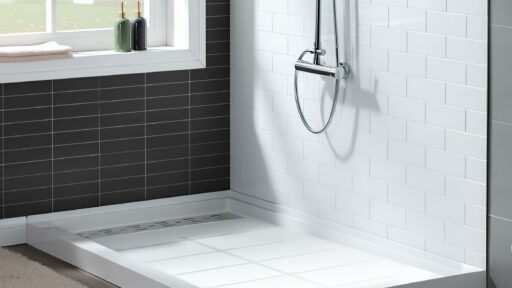
![How Big Should A Kitchen Window Be?[P]](https://cdn.enthrallinggumption.com/wp-content/uploads/2024/02/How-Big-Should-A-Kitchen-Window-BeP--512x288.jpeg)